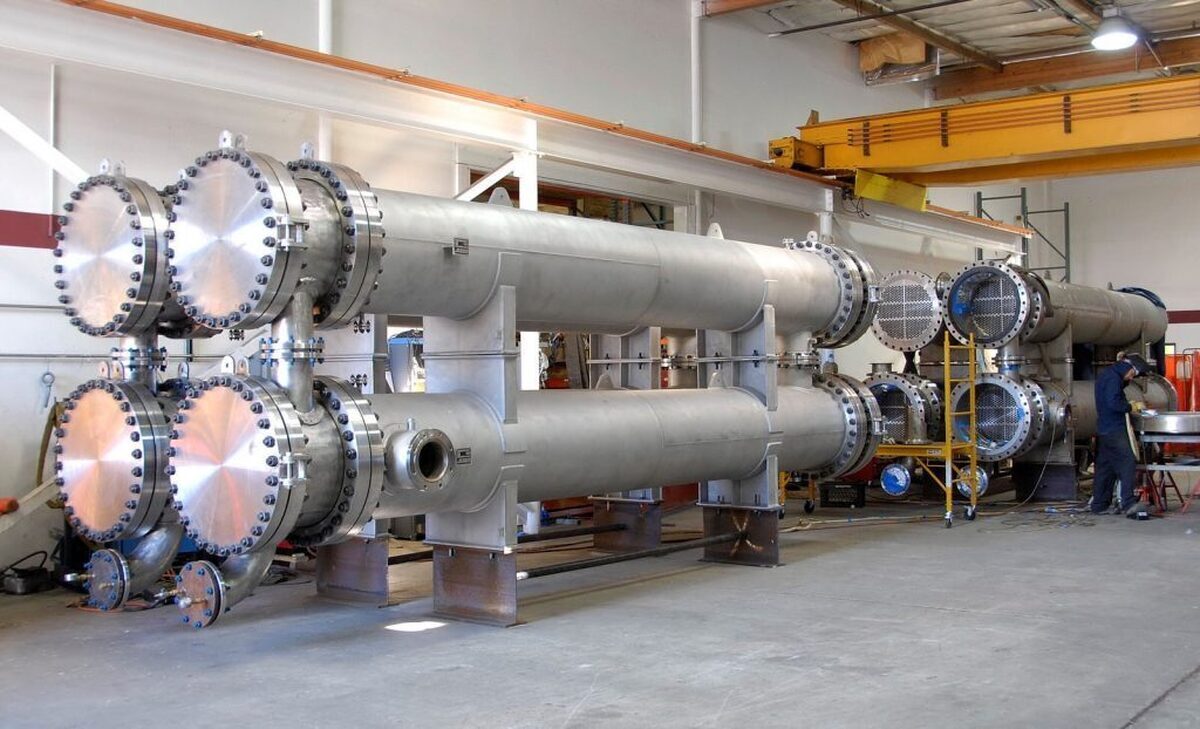IAU Researchers Produce Heat Exchangers in Teamwork with Koreans

A professor of the Chemical Engineering Department of Islamic Azad University- Shahrood branch and a graduate of that university have jointly conducted a project with researchers at Korea University which ranks 74 according to QS World University Rankings by Top Universities to optimize heat exchangers for a more efficient power generation.
“This research aimed to optimize heat exchangers in power generation cycles with supercritical fluid, which resulted in invaluable results that were applied in a national program in South Korea. A part of the findings obtained from this research have been published in the form of five articles in highly prestigious international journals with 10% high impact factor in the relevant subject," Parvaneh Qodrati, a MS student in Health, Safety and Environmental Engineering (HSE) Shahrood IAU, said in an interview with ANA.
As a member of the research team, she surveyed the use of printed circuit heat exchangers with a new design of mini channels, and the results of those studies showed an increase in the hydraulic and thermal performance of the system by more than 50%, and now she is completing her research and the findings are also used in the combined cooling, heat and power production systems used in new generation buildings with minimal energy consumption and zero pollution emissions.
Morteza Khushvaqt Aliabadi, the supervisor of her project, also said for his part that replacing chemical refrigerants with natural fluids such as carbon dioxide in supercritical conditions can have a significant impact on reducing environmental pollution in addition to increasing the efficiency of the overall power generation. In addition to increasing the quality, the use of carbon dioxide fluid increases the production capacity, which also leads to a reduction in the operating cost.
According to ANA report, carbon dioxide has zero ozone depletion capacity (ODP=0) and global warming capacity equal to one (GWP=1).
4155/i





















